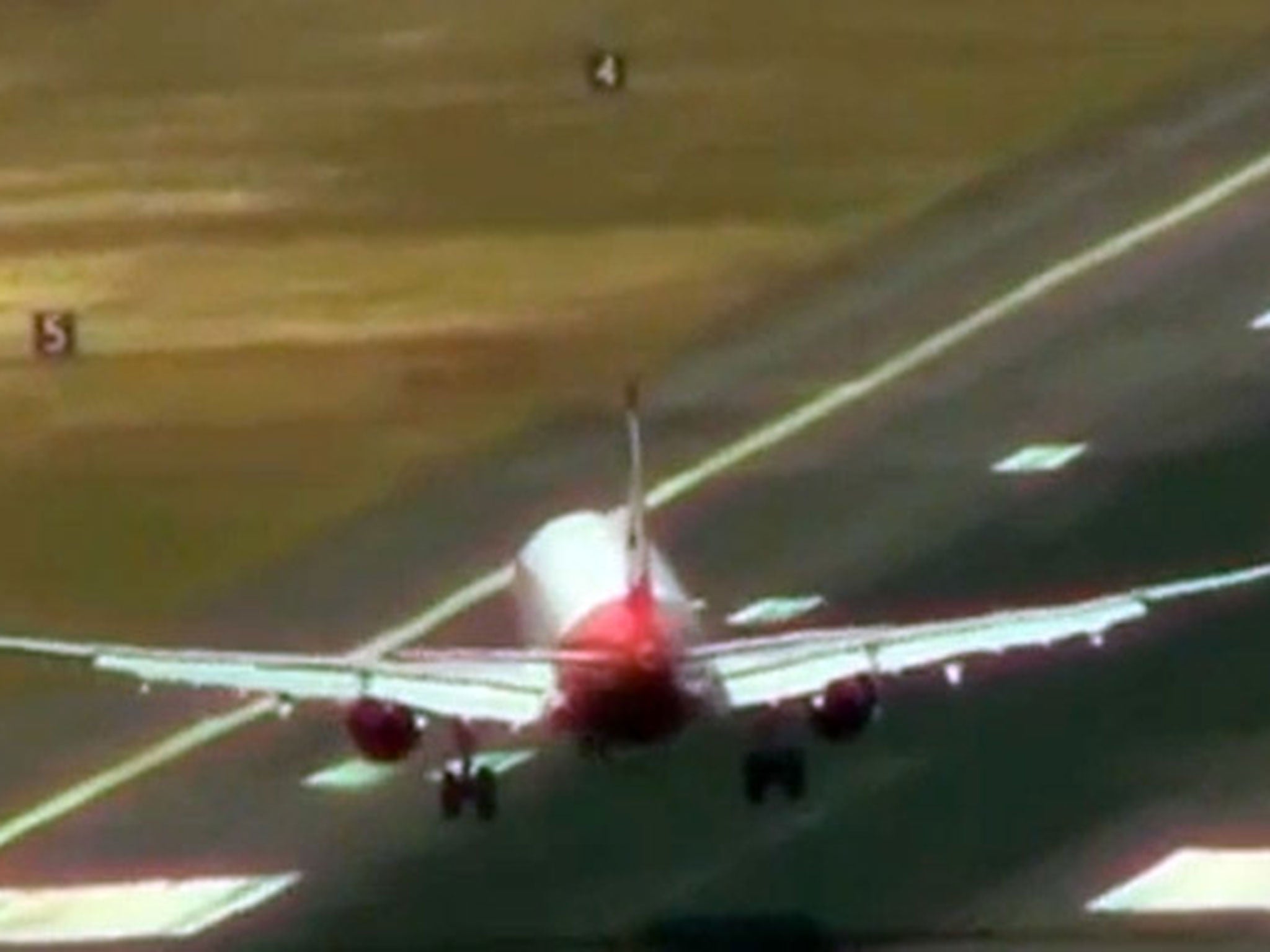Madeira: is this Europe's toughest runway?
'Cat C' airports present airline pilots with a challenge they relish, says Simon Calder

Your support helps us to tell the story
From reproductive rights to climate change to Big Tech, The Independent is on the ground when the story is developing. Whether it's investigating the financials of Elon Musk's pro-Trump PAC or producing our latest documentary, 'The A Word', which shines a light on the American women fighting for reproductive rights, we know how important it is to parse out the facts from the messaging.
At such a critical moment in US history, we need reporters on the ground. Your donation allows us to keep sending journalists to speak to both sides of the story.
The Independent is trusted by Americans across the entire political spectrum. And unlike many other quality news outlets, we choose not to lock Americans out of our reporting and analysis with paywalls. We believe quality journalism should be available to everyone, paid for by those who can afford it.
Your support makes all the difference.Passengers flying to Madeira on British Airways enjoy one of the most dramatic approaches to any airport in Europe. The runway was recently extended out into the Atlantic. But because it is close to high terrain on the volcanic Portuguese island, there is a risk of severe turbulence and wind shear up to and including the final stages of the approach.
Jaded travellers may grumble that “all airports are the same”, but from the pilot's perspective some are more challenging than the rest. The vast majority of the airports are classed as “Category A”, for which no special procedures are necessary.
Category B translates roughly as “slightly out of the ordinary”.
What really concentrates the mind of the flying community, though, is the “Cat C” airport, of which Madeira is a prime example. Only experienced pilots who have undergone simulator training and sat in the jump-seat for landing and take-off at the Portuguese airport are deployed on flights there.
Captain Dave Thomas, chief training pilot for BA, says: “If we have an airport that is more challenging, we put in additional training and procedures in order to run a safe operation and tackle whatever the threats are.”
Airline safety is focused on worst-case scenarios – which, for the twin-jets used in Europe, means one engine failing at the most critical moment. That is likely to be when the pilot is about to touch down but needs to abort the landing, or on take-off just beyond the decision point.
Despite the absence of Alps in south-east England, one of London's leading airports is rated Cat C: City airport, in Docklands. Dave Thomas says the location is complicated.
“It's a relatively short runway in a very tight area, surrounded by buildings – it's got Canary Wharf at one end. With the buildings being so close to the airport you have a steeper-than-normal approach. So we do additional training over what we would do for a normal airport.”
BA's other Cat C airports are both Austrian: Innsbruck and Salzburg. But Captain Thomas keeps a watchful eye across the network, with extra attention on airports such as Mexico City: “Quite busy, at very high altitude, and there's quite a bit of high ground around.”
Join our commenting forum
Join thought-provoking conversations, follow other Independent readers and see their replies
Comments